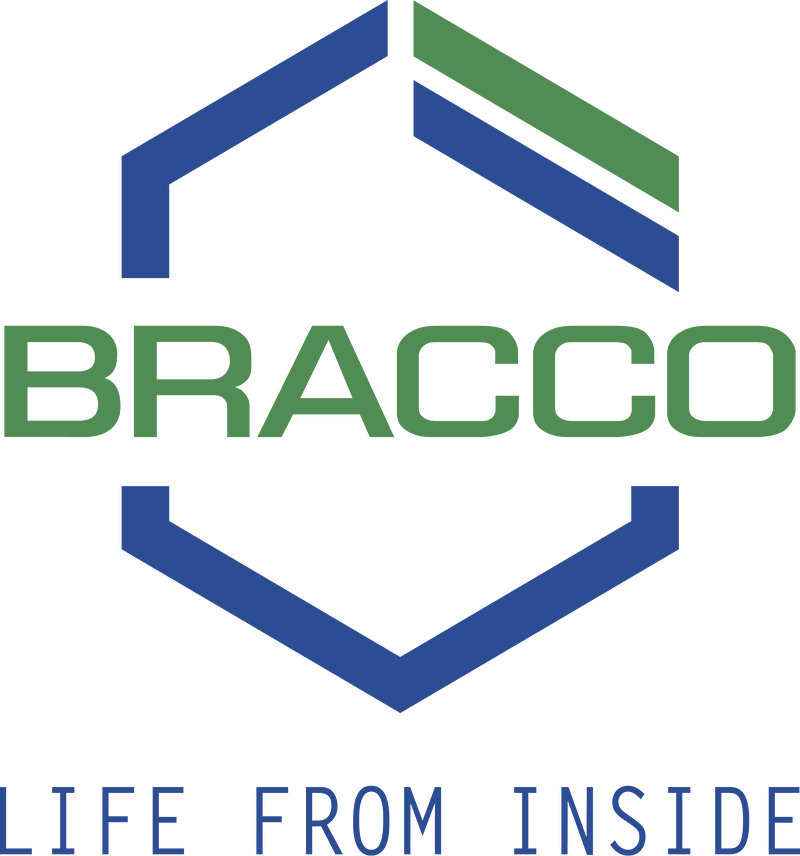Have a Question?
When it’s appropriate or not to charge for 3D post-processing of initial imaging data
Q.
Please help me understand when it’s appropriate or not to charge for 3D post-processing of initial imaging data.
A.
The codes and complete descriptions are as follows:
76376 3D rendering with interpretation and reporting of computed tomography, magnetic resonance imaging, ultrasound, or other tomographic modality with image postprocessing under concurrent supervision; not requiring image postprocessing on an independent workstation
76377 3D rendering with interpretation and reporting of computed tomography, magnetic resonance imaging, ultrasound, or other tomographic modality with image postprocessing under concurrent supervision; requiring image postprocessing on an independent workstation
CPT® code 76376 is reported when 3d post-processing is performed on the scanner and doesn’t require an independent workstation; CPT code 73677 is reported when 3D post-processing is performed on a separate independent workstation. These codes are for post-processing 2D images into volumetric images including complex renderings such as shaded surface rendering, volumetric rendering, quantitative analysis (segmental volumes and surgical planning), and maximum intensity projections when such renderings can be performed on the scanner or when it requires the use of an independent workstation.
Coronal, sagittal, multiplanar, and/or oblique techniques are not 3D post-processing techniques, and CPT codes 76376 or 76377 should not be reported when that is what is documented.
Both must be performed under concurrent supervision. The doctor doesn’t have to actually perform the post-processing – a trained technologist can do it under the doctor’s supervision, but the physician must be actively involved in the process including:
- Design of the anatomic region that is to be reconstructed;
- Determination of the tissue types and actual structures to be displayed (e.g., bone, organs, and vessels);
- Determination of the images or cine loops that are to be archived; and
- Monitoring and adjustment of the 3D work product.
Also remember that you can’t report CPT codes 76376 or 76377 with MRAs or CTAs, because these procedures require and include 3D angiographic reconstructions. You also can’t report these codes with nuclear medicine codes. In fact, the CPT book has a long list of “Do not report” codes that can be found in the parenthetical notes following CPT codes 76376 and 76377.
If billing for the hospital, CPT codes 76376 and 76377 are packaged (designated as Status Indicator [SI] “N”. Refer to OPPS Addendum D1 for additional information regarding SI’s) and not paid separately by Medicare under OPPS but should be reported as they are used for future rate setting (and for internal radiology department “credit”). While Medicare does not make separate payment to hospitals under OPPS, other payors may, so closely review their payment policies for these services.
